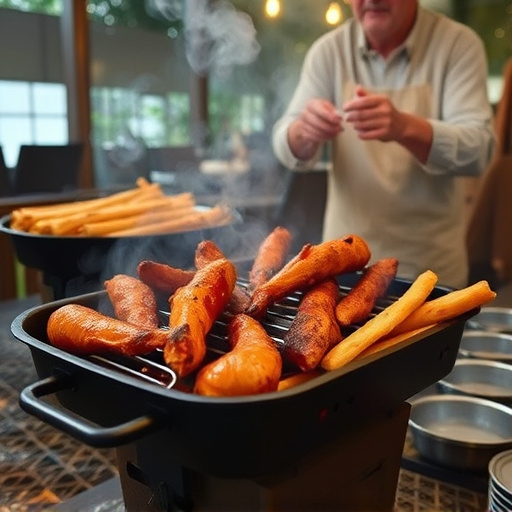Crafting perfect BBQ ribs involves high-quality, thick ribs, a complex dry rub of paprika, garlic powder, salt, pepper, brown sugar, and chili powder, slow cooking at 225°F-300°F (107°C-150°C), and finishing with heat for a crispy exterior. A well-crafted dry rub is essential, transforming simple ribs into a savory delight. Mastering smoking techniques, balancing temperature and time, and choosing the right sauce or glaze complete the recipe for BBQ ribs for memorable family gatherings. Proper storage ensures leftovers stay delicious.
“Unleash the mouthwatering aroma of classic barbecue ribs at your next family gathering! This comprehensive guide takes you on a journey from ingredient selection to serving suggestions. Learn the secrets behind tender, juicy ribs with our expert tips on dry rubs and smoking techniques. From choosing the perfect cut to mastering baking temperatures, we’ve got you covered for the ultimate BBQ experience. Discover sauces, glazes, and serving ideas that will have your family craving more. Plus, get pro tips for leftovers and storage—no more pesky ribs going to waste!”
- Ingredient Selection for Mouthwatering BBQ Ribs
- The Secret to Tender and Juicy Ribs
- Rubbing in the Flavor: Creating a Classic Dry Rub
- Smoking 101: Techniques for Perfection
- Baking the Ribs: Temperatures and Timing
- Sauces and Glazes: Adding the Final Touch
- Serving Suggestions for Family Gatherings
- Tips for Leftovers and Storage
Ingredient Selection for Mouthwatering BBQ Ribs
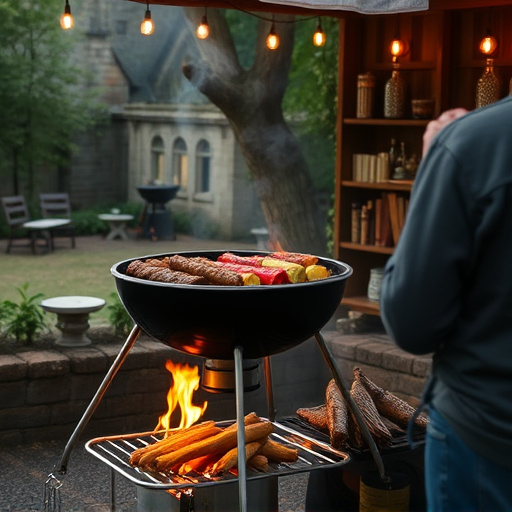
When crafting a recipe for BBQ ribs, choosing the right ingredients is paramount. Start with high-quality, meaty ribs that are at least 3/4 inch thick. This ensures they’ll stay tender and juicy during the slow cooking process. Opt for a good grade of beef or pork ribs, depending on your preference.
For mouthwatering flavor, select a dry rub blend that includes spices like paprika, garlic powder, salt, pepper, brown sugar, and chili powder. These ingredients create a complex, savory taste profile that coats each rib perfectly. Don’t forget to choose a sauce—a classic tomato-based option or a sweeter honey BBQ—that complements the ribs’ rich flavor without overpowering them.
The Secret to Tender and Juicy Ribs
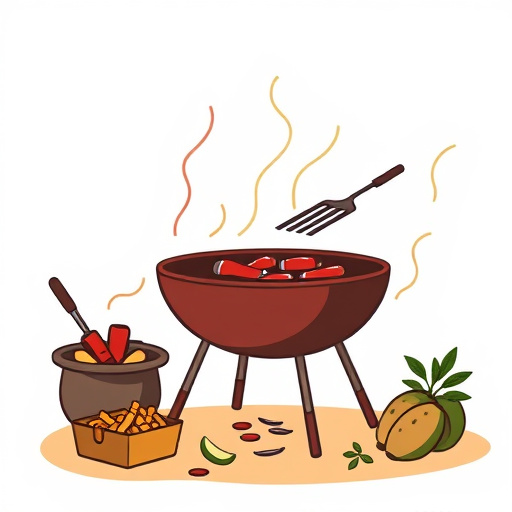
The secret to achieving tender, juicy barbecue ribs lies in a combination of slow cooking and a simple yet flavorful marinade. Start by choosing the right cut of ribs; baby back or spare ribs are popular choices due to their tenderness. Remove any membrane on the bone side to ensure optimal juiciness. A dry rub with ingredients like paprika, garlic powder, salt, and pepper is applied beforehand, allowing the flavors to penetrate the meat. This step is crucial in a recipe for BBQ ribs, as it enhances the overall taste experience.
Slow cooking is key; it breaks down connective tissues, making the ribs incredibly tender. Most methods involve a two-step process: first, cooking at a low temperature until the ribs are almost falling off the bone, and then finishing them at a higher temperature to char the meat and create a crispy exterior. This technique ensures that your BBQ ribs are not only juicy but also have that desirable smoky flavor that every family gathering deserves.
Rubbing in the Flavor: Creating a Classic Dry Rub
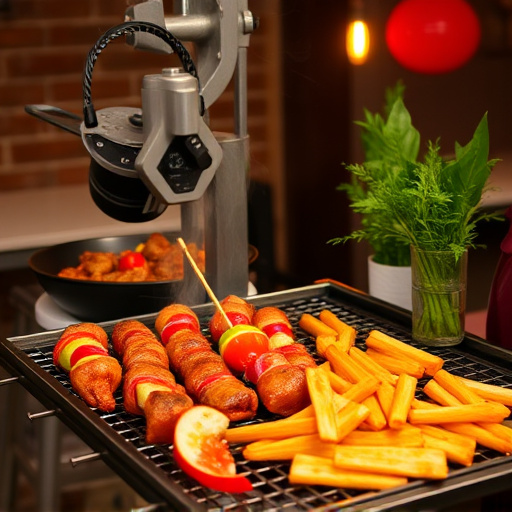
Creating a classic dry rub is an essential step in achieving mouthwatering barbecue ribs, making it a key component in any recipe for BBQ ribs. This simple mixture of spices enhances the natural flavors of the ribs, resulting in a tender and flavorful dish perfect for family gatherings. A traditional dry rub typically includes a blend of salt, pepper, garlic powder, paprika, brown sugar, and various other spices like onion powder or mustard seed. Each spice contributes its unique flavor profile, creating a complex and aromatic coat on the ribs.
When preparing your rub, ensure you massage it well into the meat’s surface. This rubbing process not only distributes the flavors evenly but also helps to break down the muscle fibers slightly, making the ribs tenderer. You can prepare this rub in advance and store it in an airtight container, allowing the flavors to meld together for enhanced taste. With its ability to transform simple ribs into a savory delight, a well-crafted dry rub is a game-changer for any recipe for BBQ ribs.
Smoking 101: Techniques for Perfection
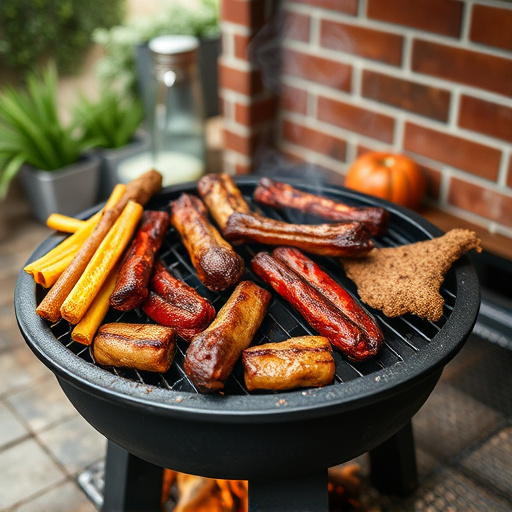
Smoking 101: Techniques for Perfection
When it comes to crafting the perfect recipe for BBQ ribs, smoking is an art that requires time, patience, and attention to detail. The low-and-slow method is key, allowing the smoke to penetrate the meat, creating a tender, flavorful experience. Ideal temperatures range between 225°F to 250°F (107°C to 121°C), ensuring even cooking without overcooking the ribs. A good quality smoker with a stable temperature control mechanism is essential.
Choose a wood type like hickory, oak, or mesquite for smoking, each offering unique flavors. Soak the wood chips in water before adding them to the smoker to create a consistent, moist smoke. Regularly monitor the fire and adjust as needed to maintain a steady heat. The key is to let the ribs cook slowly, allowing the collagen to break down and making the meat tender and juicy—perfect for family gatherings where every bite is a delicious memory in the making.
Baking the Ribs: Temperatures and Timing
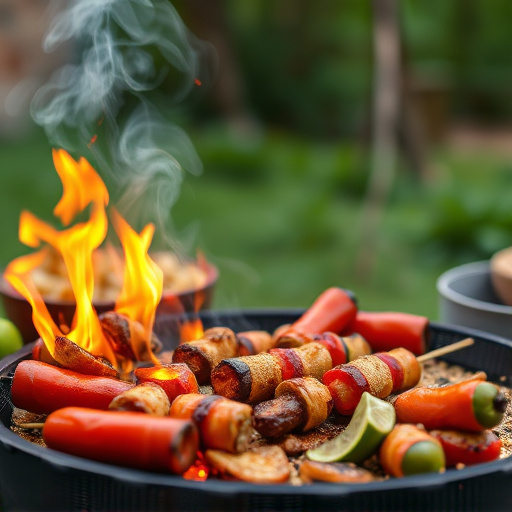
When it comes to baking classic barbecue ribs, achieving the perfect tenderness and flavor is an art. The key lies in understanding the right temperature and timing. Ideally, you want to cook your ribs slowly at a low temperature, typically between 225°F and 300°F (107°C to 150°C). This slow cooking process allows the collagen in the meat to break down, resulting in tender, juicy ribs. For most recipes, allowing 3-4 hours per pound of ribs is a good starting point. However, factors like rib thickness and your preferred level of doneness can adjust this time.
Timing is crucial; you want the ribs to be baked until they reach an internal temperature of about 195°F (91°C). At this point, the meat will start to separate from the bone easily, indicating that it’s ready for glazing or saucing according to your preferred recipe for BBQ ribs. Regularly checking the temperature ensures you avoid overcooking, which can lead to dry, tough ribs—a common pitfall in many classic barbecue rib recipes.
Sauces and Glazes: Adding the Final Touch
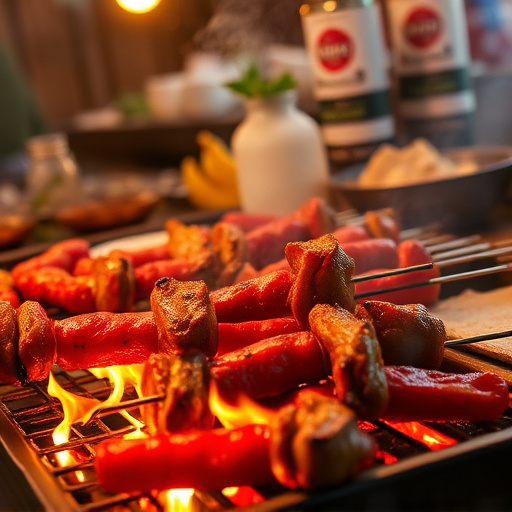
When it comes to a classic barbecue rib recipe, the sauce or glaze is what truly elevates it from good to great. These final touches offer a burst of flavor that complements the tender ribs perfectly. There are countless variations, but traditional options include ketchup-based sauces with a hint of brown sugar for a sweet and tangy profile, or a more robust chili-garlic glaze for a kick.
For a homemade approach, many opt to whip up their own sauce by combining ingredients like tomato paste, vinegar, soy sauce, and various spices. This allows for customization based on personal preference. Whether you prefer a thick, sticky sauce or a light, tangy coating, the right glaze can transform your barbecue ribs into the star of any family gathering.
Serving Suggestions for Family Gatherings
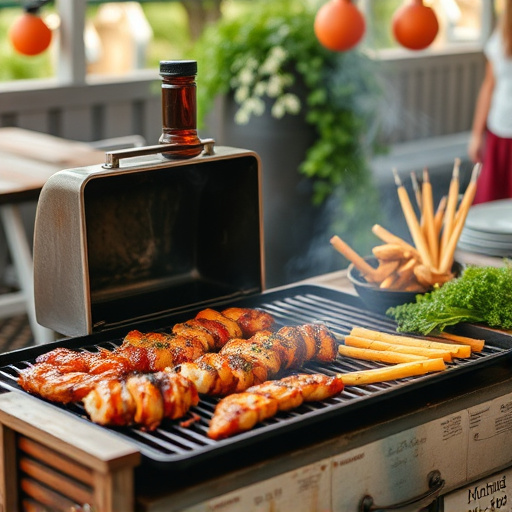
When hosting family gatherings, a classic BBQ ribs recipe is a crowd-pleaser that’s hard to beat. For a memorable meal, consider serving your ribs with a variety of side dishes to cater to different tastes. Colorful and flavorful options like coleslaw, baked beans, and corn on the cob complement the rich, smoky flavors of the ribs perfectly. Don’t forget fresh salads or grilled vegetables for a healthier balance.
For an immersive experience, set up a DIY BBQ station where family members can customize their plates with their preferred toppings, sauces, and sides. This interactive approach not only encourages engagement but also ensures everyone enjoys a meal tailored to their individual preferences. A classic BBQ ribs recipe is versatile enough to be the centerpiece of any family gathering, creating lasting memories around the table.
Tips for Leftovers and Storage
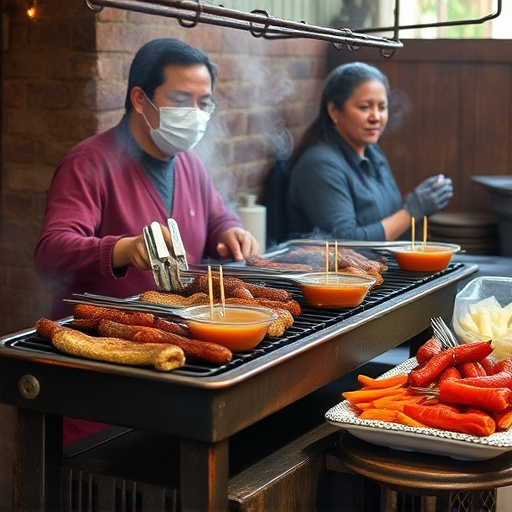
When it comes to a classic barbecue rib recipe, proper storage and leftovers are essential for enjoying these delicious treats long after the gathering ends. To keep your ribs fresh, transfer any leftover meat to an airtight container and refrigerate within 2-3 days. For longer-term storage, freeze individual portions in freezer-safe containers, ensuring they’re labeled with the date.
Before storing, consider slicing the ribs into single servings to facilitate easy reheating. When ready to enjoy, reheat the ribs in a preheated oven at 350°F (175°C) for approximately 20 minutes or until heated through. This simple process ensures your classic barbecue rib recipe remains mouthwatering, whether served fresh from the grill or warmed up later.
